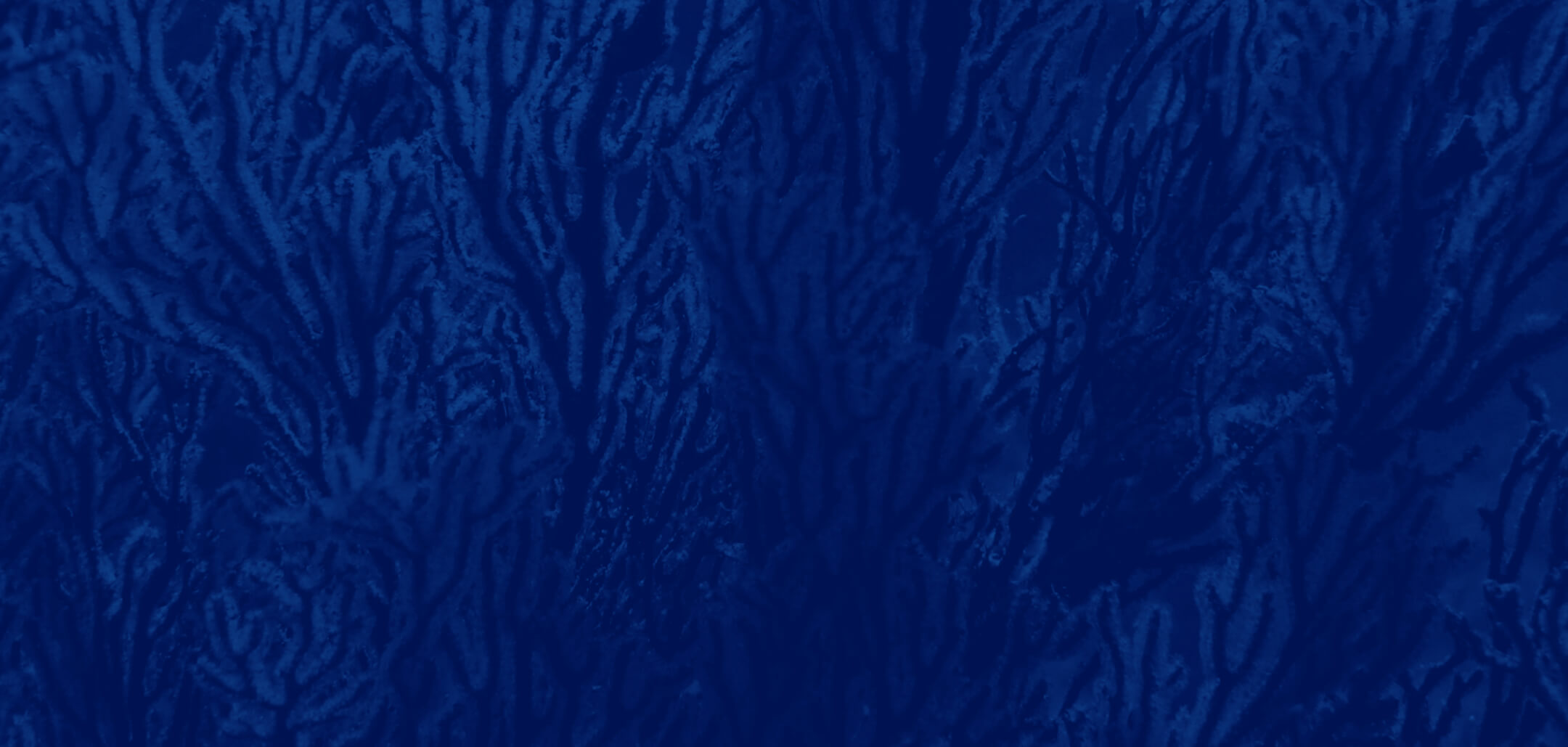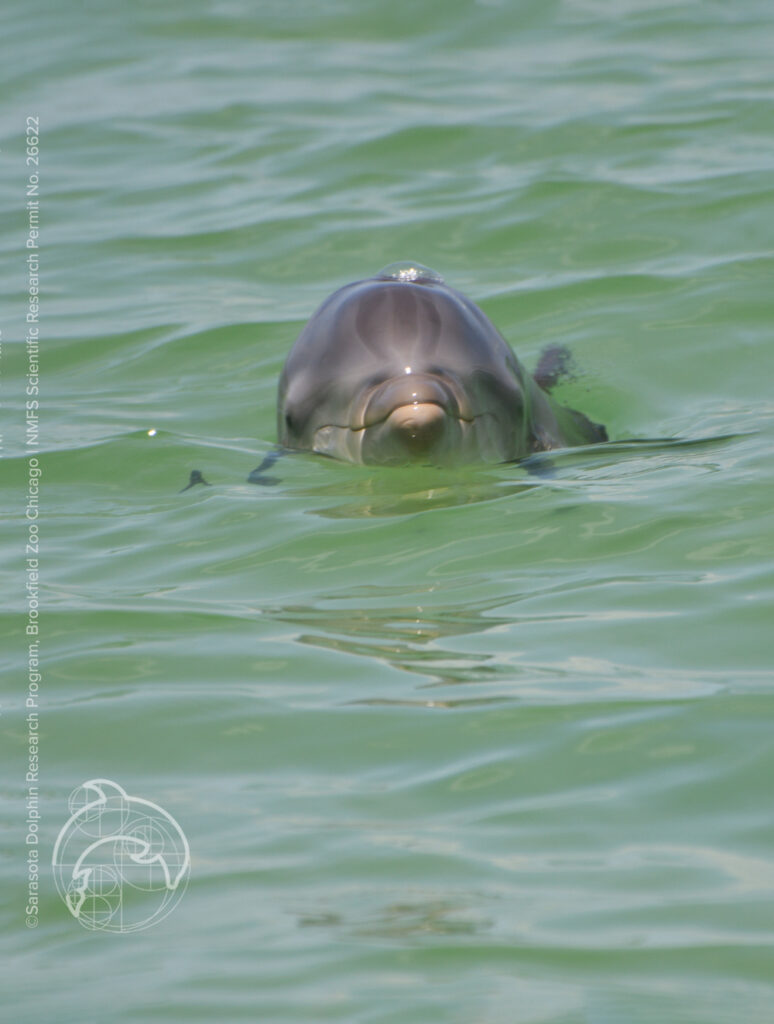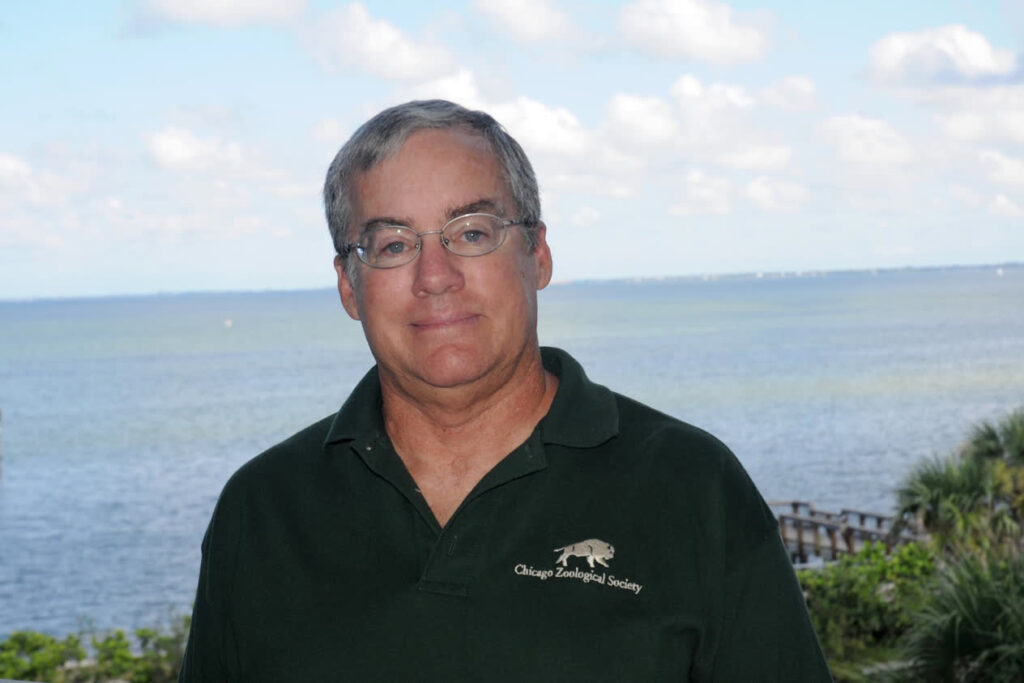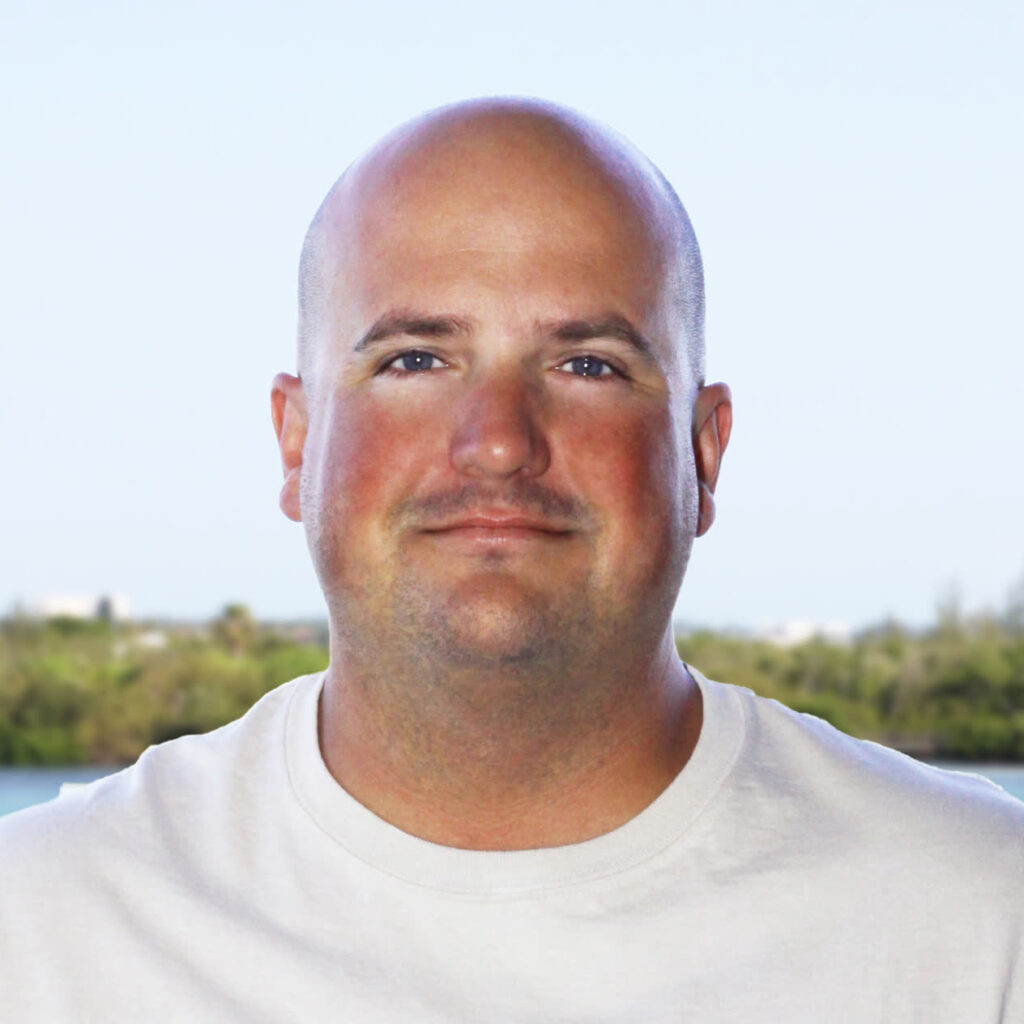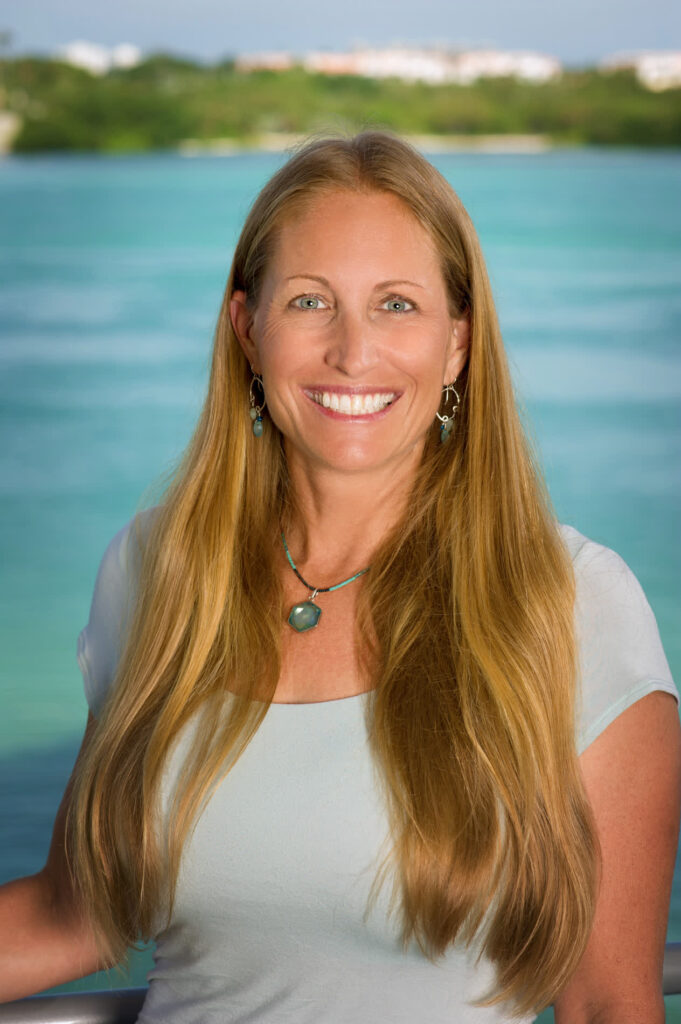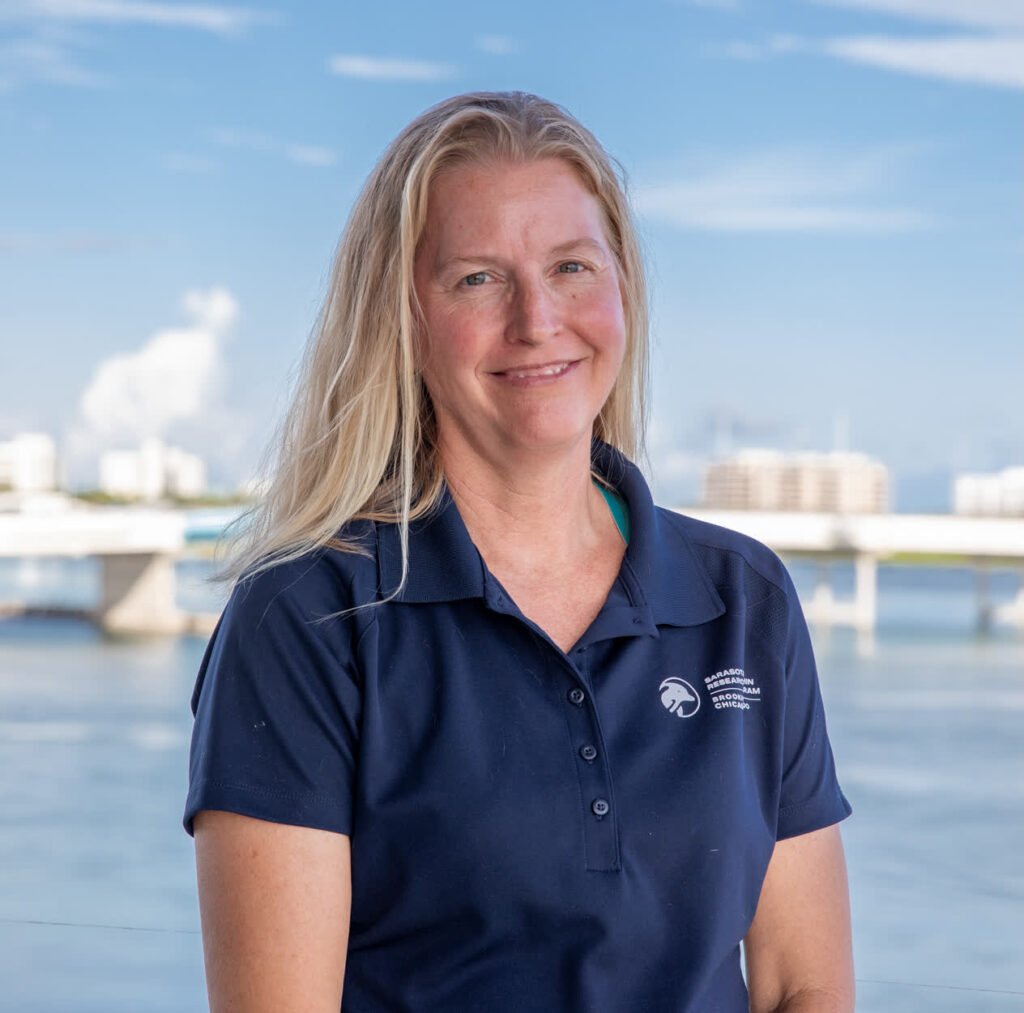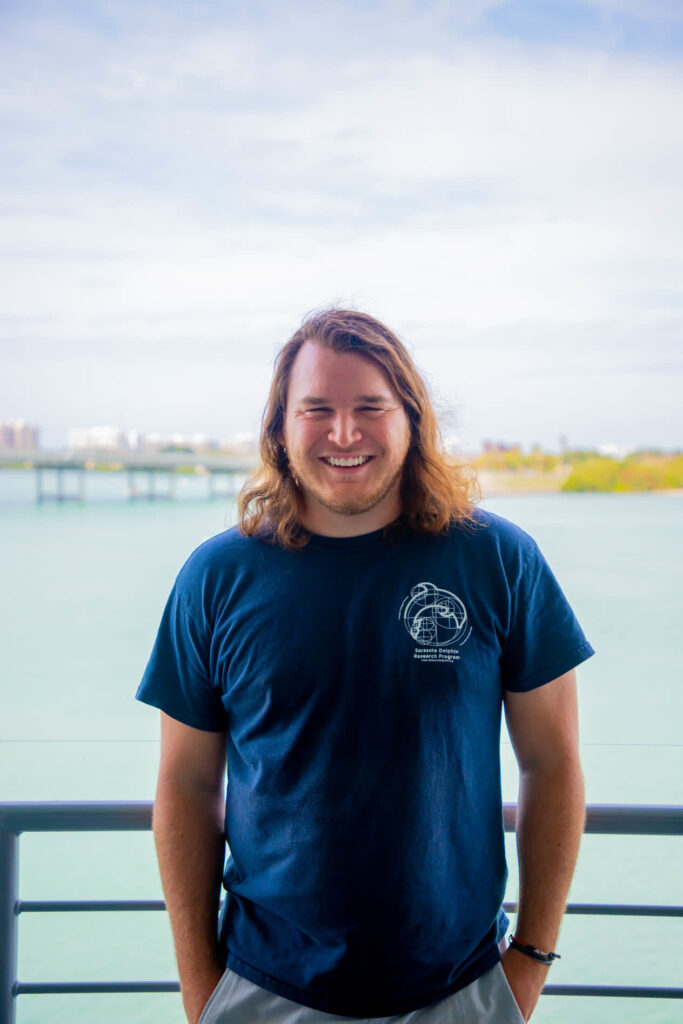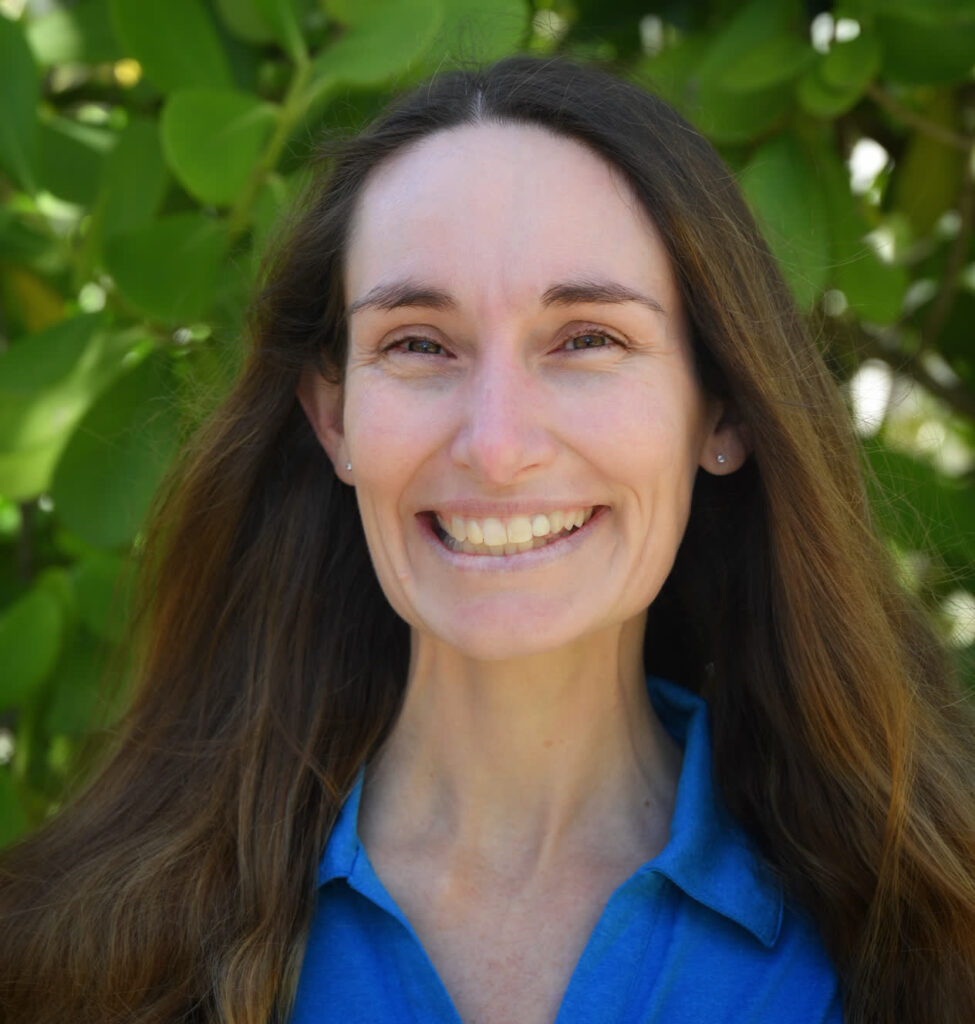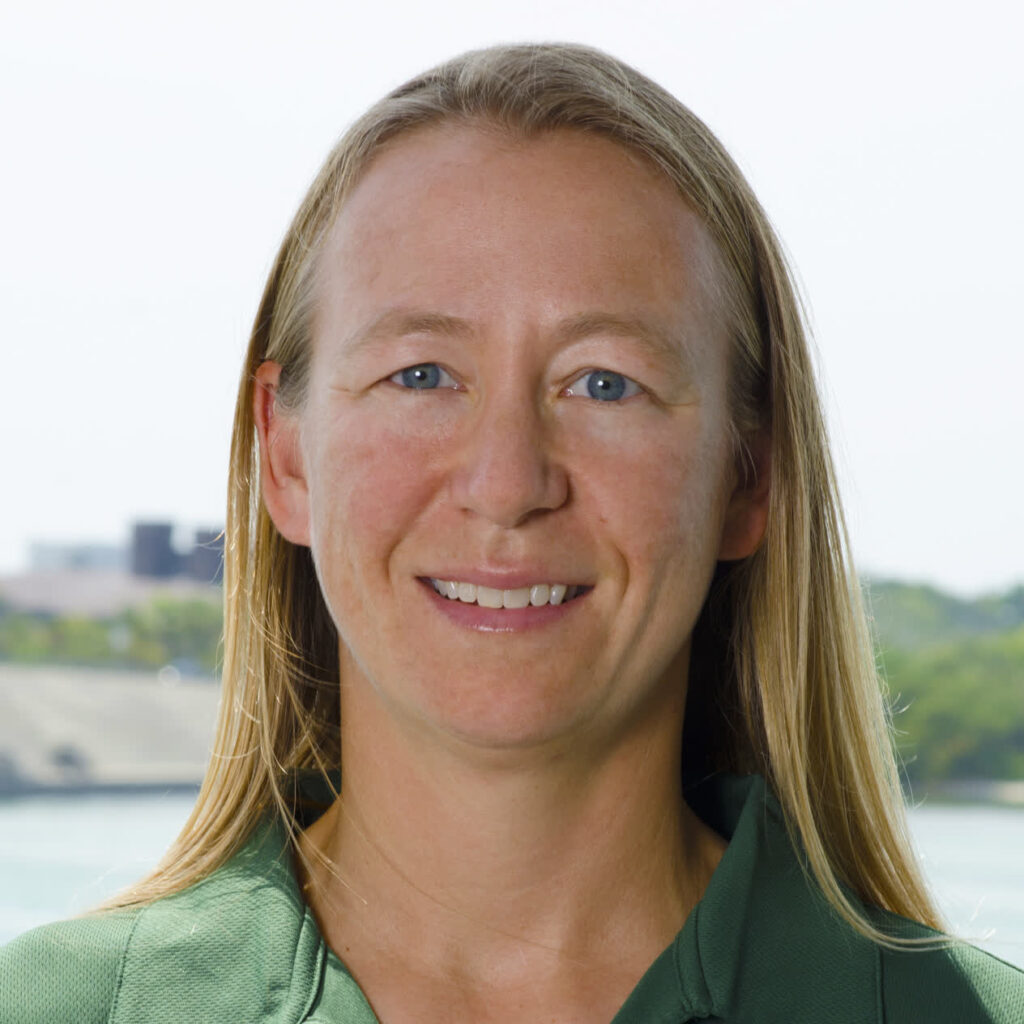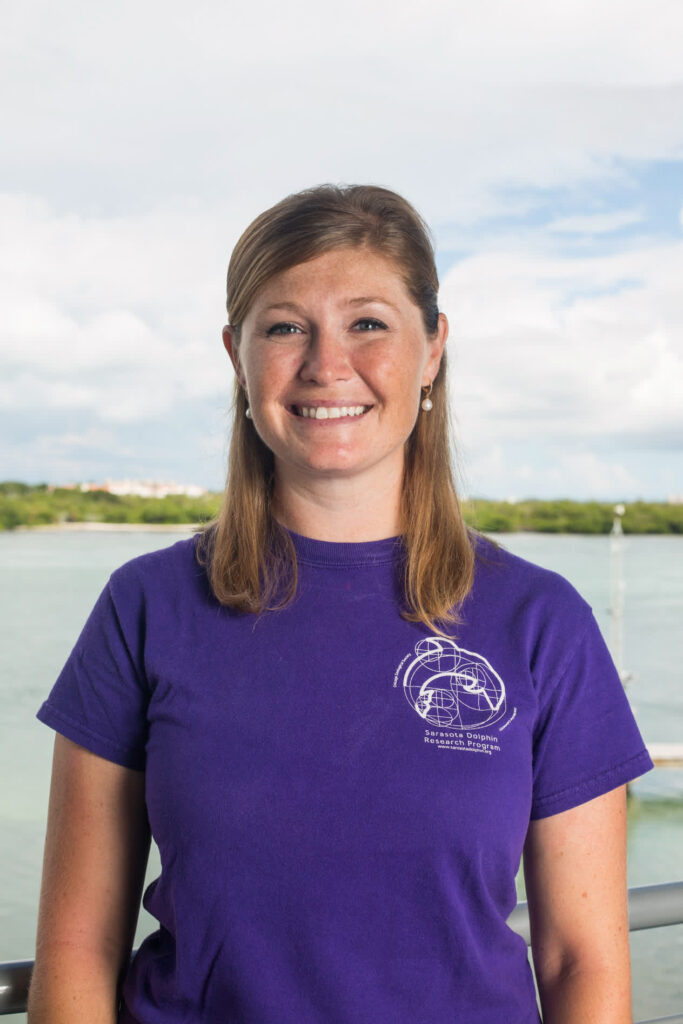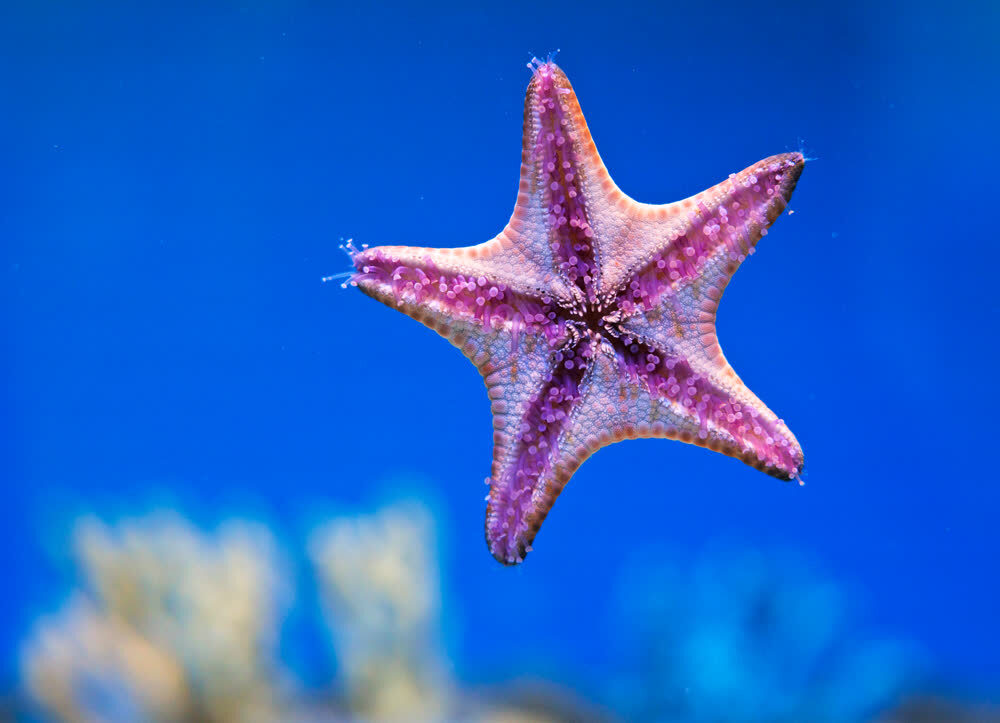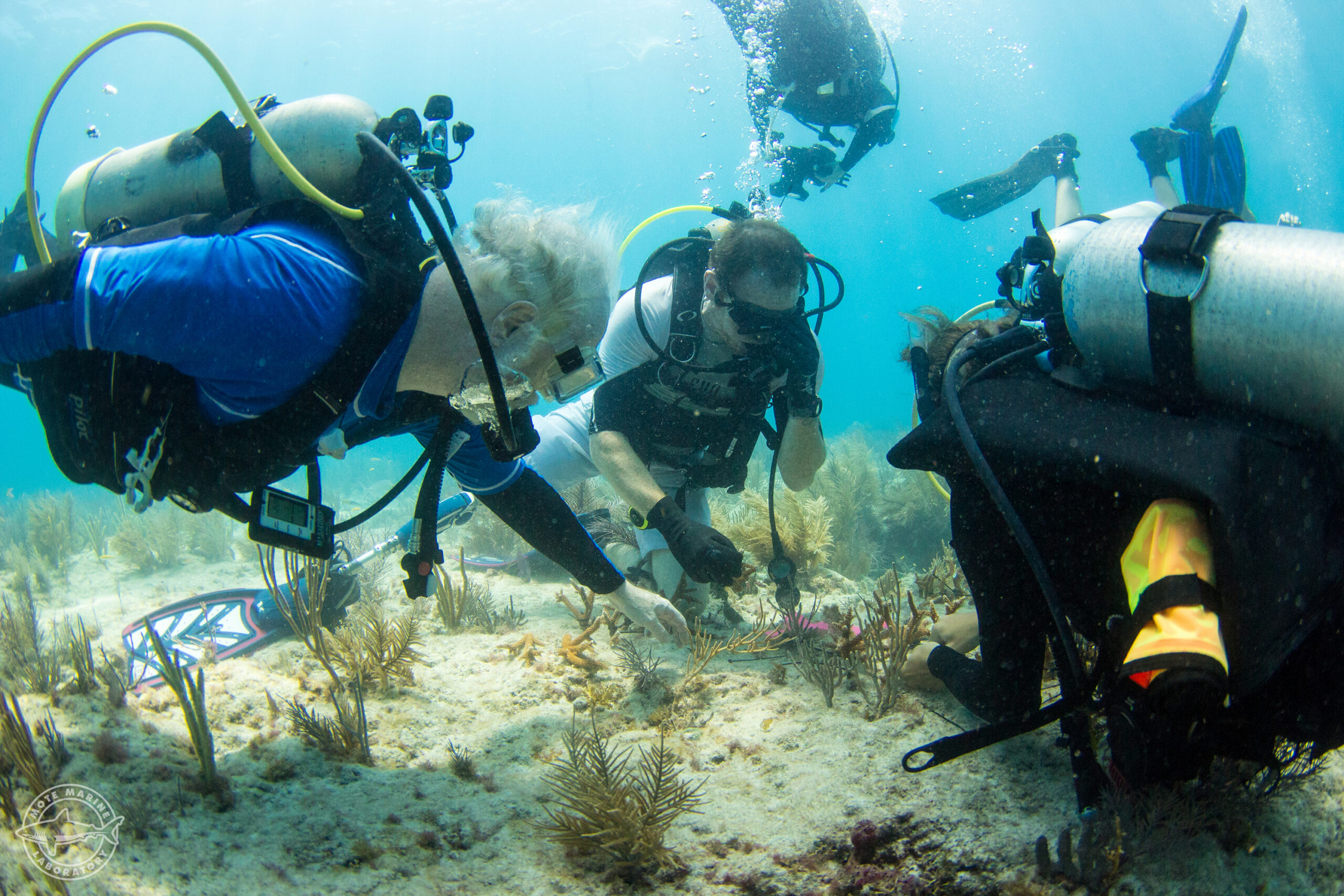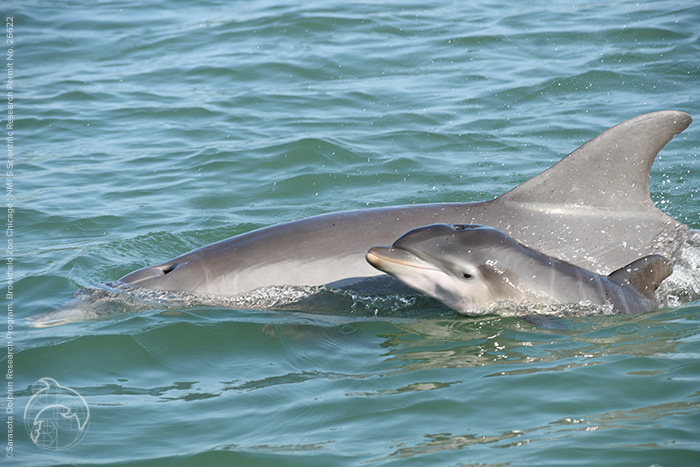
The Sarasota Dolphin Research Program (SDRP) began in 1970 when researchers asked the simple question: “Do the dolphins of Sarasota Bay live here year ’round, or are they just passing through?” They discovered a community of long-term dolphin residents who called Sarasota Bay home across decades and generations. Today, the Program is the world’s longest running dolphin conservation research program and studies the Bay’s dolphins from cradle to grave.
SDRP conducts cutting-edge research on dolphins and their ecosystem, engages with the public and stakeholders through education and outreach, trains tomorrow’s conservationists and combines these activities to achieve conservation action for dolphins in Sarasota Bay and around the world. The program leverages these accomplishments by complementing the activities of its small staff with strong collaborations with experts in a variety of scientific fields who have recognized the unique opportunities provided by working in the natural laboratory of Sarasota Bay established by the SDRP. Over the course of more than 50 years of research, the SDRP has documented six generations of resident dolphins, through the efforts of three generations of researchers.
SDRP began at Mote Marine Laboratory in 1970 and, since 1989, has been operated by Brookfield Zoo Chicago (formerly the Chicago Zoological Society). As a Mote-Affiliated Research Program, it centers its operations at Mote’s City Island campus, where it enjoys collaborations with several Mote research programs.
The SDRP often works with Mote’s Stranding Investigations Program (SIP) to rescue dolphins in distress along Florida’s west coast and provide the follow-up monitoring and tracking services to assess the success of rescues and determine whether further interventions are necessary. SIP also investigates the causes of death for Sarasota Bay dolphin residents, allowing SDRP to understand the natural and man-made impacts on the dolphin population.
A Florida RESTORE Act Centers of Excellence grant through Mote Marine Laboratory allows SDRP to conduct the first field studies of their kind with offshore Atlantic spotted and bottlenose dolphins over the West Florida Shelf. These deep-water health assessments include tagging dolphins with satellite-linked transmitters and tracking their movements. SDRP researchers also work with Mote’s Sharks & Rays Conservation Research Program to study the predator-prey relationships between sharks and dolphins in Sarasota Bay.
In order to share what we’ve learned over more than five decades of research with students, naturalists and the public, SDRP also partners with Mote educators to share our knowledge of the world’s best-known wild dolphin population and its conservation needs.
Visit the Sarasota Dolphin Research Program website
